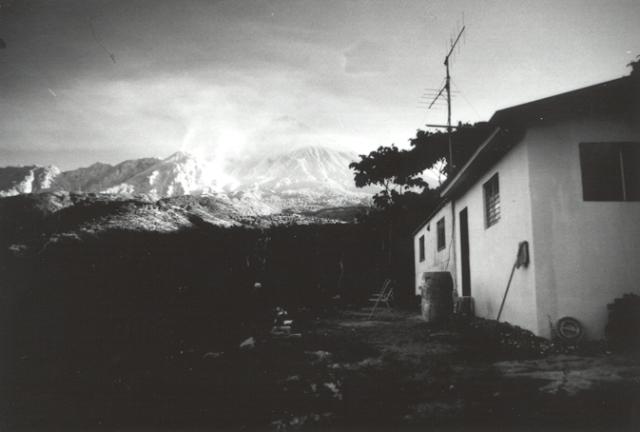Report on Santa Maria (Guatemala) — February 1991
Bulletin of the Global Volcanism Network, vol. 16, no. 2 (February 1991)
Managing Editor: Lindsay McClelland.
Santa Maria (Guatemala) Explosive activity declines; new volcano observatory
Please cite this report as:
Global Volcanism Program, 1991. Report on Santa Maria (Guatemala) (McClelland, L., ed.). Bulletin of the Global Volcanism Network, 16:2. Smithsonian Institution. https://doi.org/10.5479/si.GVP.BGVN199102-342030
Santa Maria
Guatemala
14.757°N, 91.552°W; summit elev. 3745 m
All times are local (unless otherwise noted)
Seismometers near the volcano detected rates of rockfalls and explosions that were markedly lower in January and February (BGVN15:11 for a description of the Observatory, including material originally in BGVN 16:02]. More than 20 pyroclastic flows and lateral blasts were observed between April and early December 1990, but none have been reported since then. SO2 emission measured by COSPEC (from 3.4 km S of the dome's Caliente vent) was 35 ± 7 t/d on 8 February and 62 ± 24 t/d the next day, similar to the 48 ± 15 t/d of 22 February 1990.
Geological Summary. Symmetrical, forest-covered Santa María volcano is part of a chain of large stratovolcanoes that rise above the Pacific coastal plain of Guatemala. The sharp-topped, conical profile is cut on the SW flank by a 1.5-km-wide crater. The oval-shaped crater extends from just below the summit to the lower flank, and was formed during a catastrophic eruption in 1902. The renowned Plinian eruption of 1902 that devastated much of SW Guatemala followed a long repose period after construction of the large basaltic andesite stratovolcano. The massive dacitic Santiaguito lava-dome complex has been growing at the base of the 1902 crater since 1922. Compound dome growth at Santiaguito has occurred episodically from four vents, with activity progressing E towards the most recent, Caliente. Dome growth has been accompanied by almost continuous minor explosions, with periodic lava extrusion, larger explosions, pyroclastic flows, and lahars.
Information Contacts: Rodolfo Morales and Gustavo Chigna, INSIVUMEH; William I. Rose, Robert Andres, and Kimberly Kogler, Michigan Tech.


